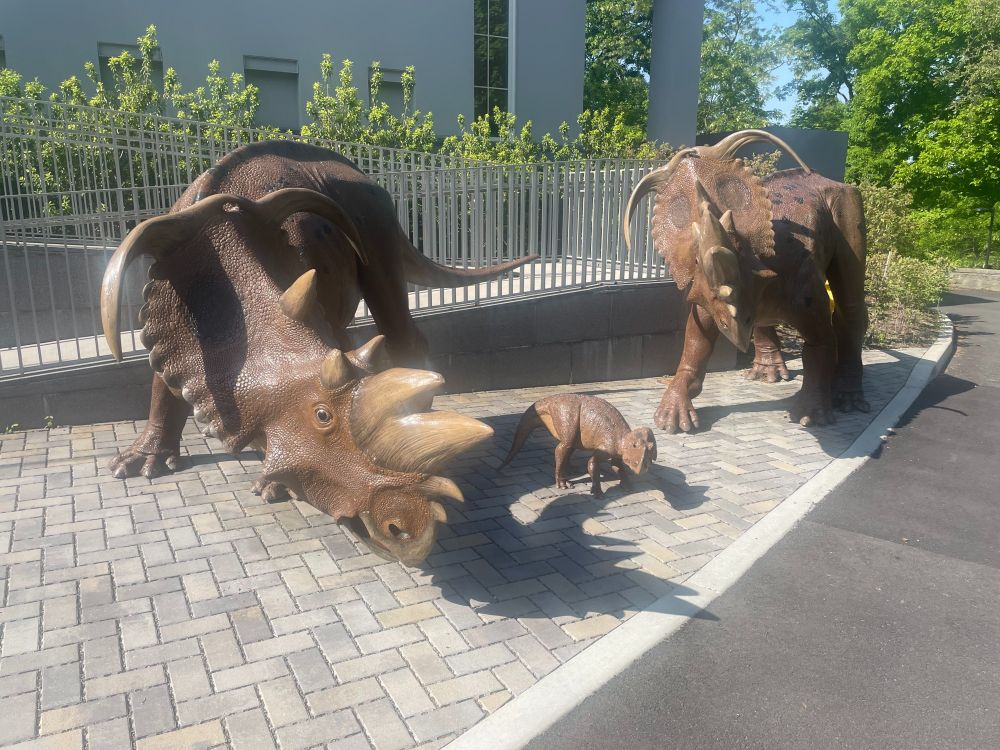
youtube.com/watch?v=H2ok...

youtube.com/watch?v=H2ok...







www.pnas.org/doi/10.1073/...
We visualize this w/ a cube (cuboid for my nerds). Plus, lift those panels for animated ants per square ft displays.

www.pnas.org/doi/10.1073/...
We visualize this w/ a cube (cuboid for my nerds). Plus, lift those panels for animated ants per square ft displays.

www.science.org/doi/10.1126/...

www.science.org/doi/10.1126/...
Art: Simone Giovanardi

Art: Simone Giovanardi

